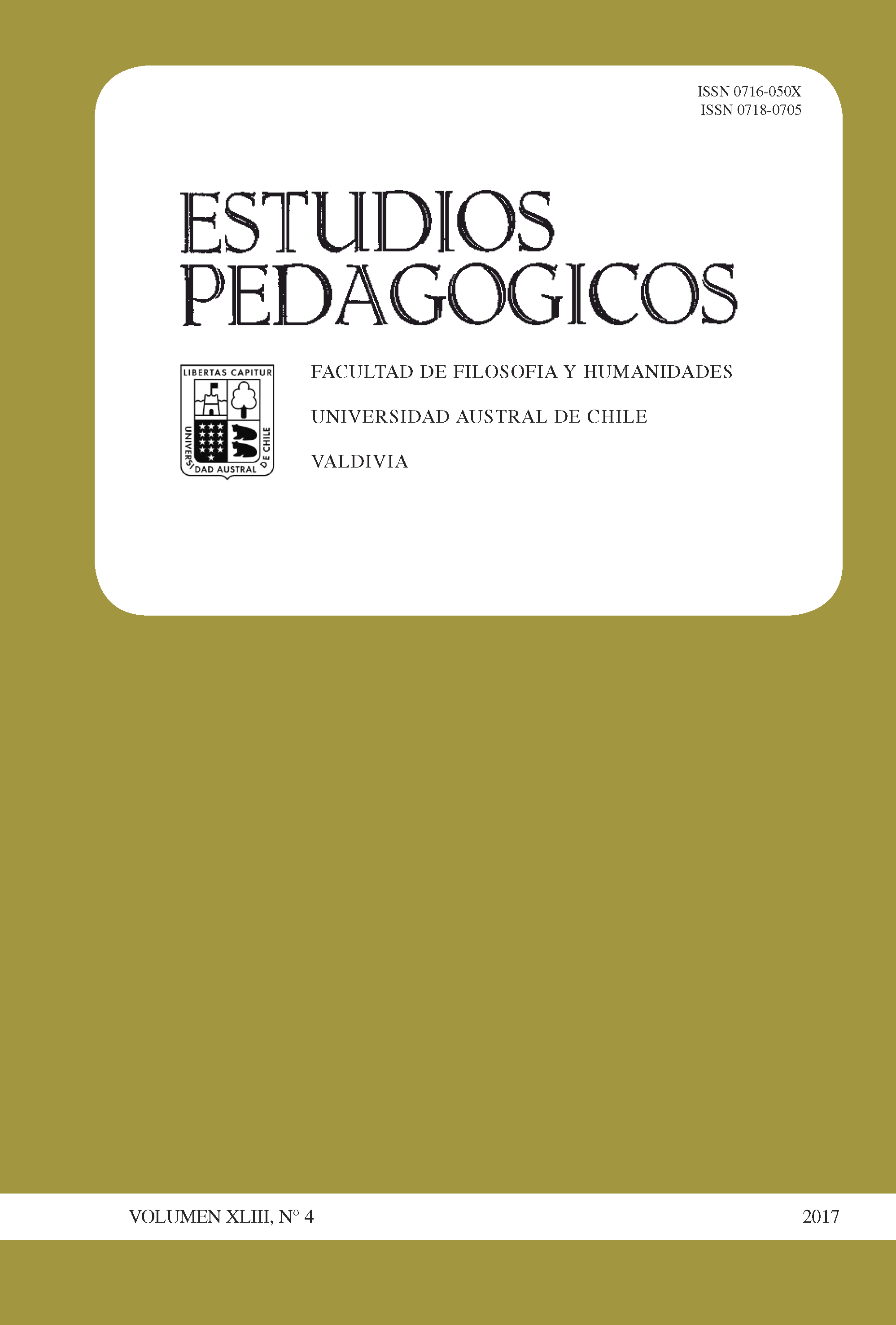Learning Prehistory an Archaeology in a neocave: relation between competence, learning perception and satisfaction
Main Article Content
Abstract
The relevance and the impact of the learning process in heritage sites is an emerging issue with little scientific evidence. This exploratory research of a quantitative character, carried out by a descriptive pre-post and correlational design in the neocave of Ekainberri, assesses the effectiveness of an educational program based on the learning of prehistory, archeology and cave art in Secondary Education. It also analyzes on the one hand the results of this program related to final competences and the improvement index and, on the other, the relationships between the final competences concerning contents, the perceived learning and the real one crossed with the satisfaction about the program. The results suggest that the content acquisition improves in a generalized way and this improvement all along with the self-perception of the learning become the main reason of satisfaction among students. On the contrary, a high final competence does not affect satisfaction.

